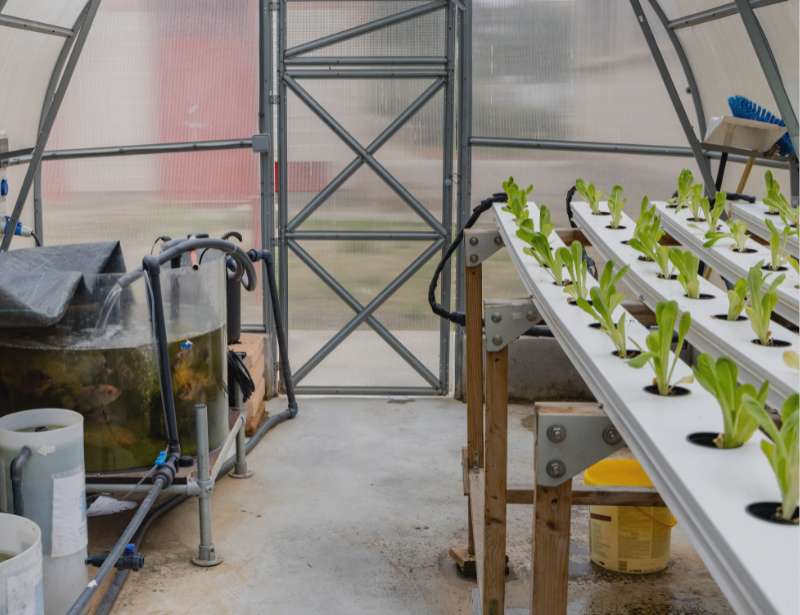
The cultivation of plants in water without soil is nothing new. Hydroponics and aquaponics are two methods of growing plants in water without the use of soil, or what other calls "soilless systems", and they have been used around the world for centuries. Hydroponics is the practice of growing plants in nutrient-rich water, while aquaponics combines hydroponics with fish farming in a self-sustaining ecosystem.
The two methods of growing plants differ in the way they are set up, the materials used, and the type of plants grown. Hydroponics requires specific nutrients to be added to the water for the growth of plants, while aquaponics uses the waste from fish to act as a fertilizer. Hydroponics can be used to grow vegetables, herbs, and flowers, while aquaponics is best for growing leafy greens, such as lettuce and spinach. Both methods require careful maintenance and monitoring to ensure success.
Overview of Hydroponics
Hydroponics is a method of growing plants in nutrient-infused water without soil. It is a soilless system, which means that the plants are held in a medium other than soil. When compared to traditional soil-based gardening, hydroponics can be more productive, require less space, and be more efficient in terms of water and nutrient usage for proper plant growth. Advantages of hydroponics include the ability to cultivate plants in smaller spaces, faster crop turnover, and the capability to grow high-quality produce with fewer resources.
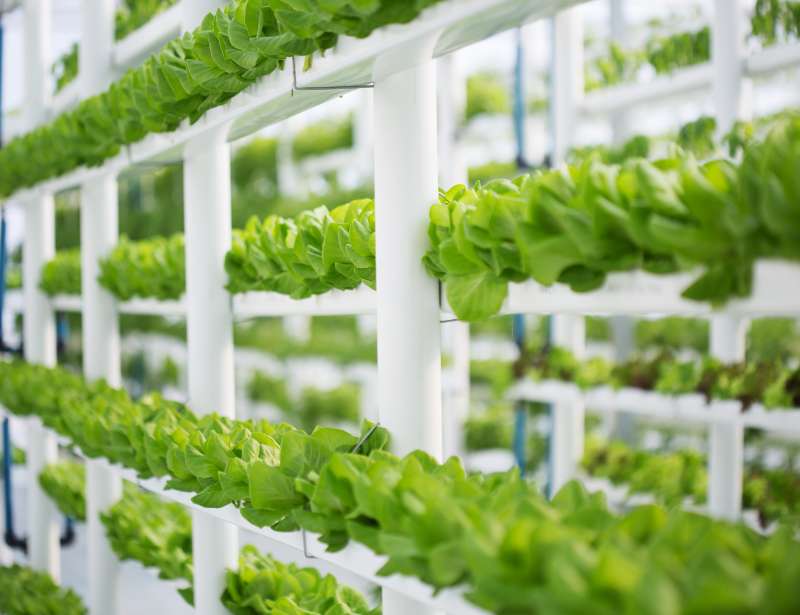
Definition of Hydroponics
Hydroponics is a type of plant cultivation that does not require soil, but instead uses nutrient solutions to feed plants. It has become an increasingly popular form of gardening because of its potential to produce larger yields in a shorter amount of time. Hydroponics is a great choice for those looking to start their own home garden or for those looking to set up a larger commercial operation. By using nutrient-rich solutions and carefully managing the environment, hydroponics is able to provide plants with all the essential nutrients they need to grow and thrive. Additionally, hydroponics can be used to grow a variety of plants, from vegetables to trees and fruit, in a fraction of the time it would take to grow them in soil. Hydroponics is a great way to get your plants the nutrition they need without the hassle of soil or dealing with weeds. With the right equipment and knowledge, hydroponics can provide an ideal environment for plant growth, enabling faster and larger yields.
To know more about hydroponics, read our blog "What is Hydroponics?"
Advantages of Hydroponics
Having discussed the definition of hydroponics, let us now explore the advantages of this soil-less plant-growing method.
One of the primary benefits of hydroponics is water conservation. The roots of hydroponic plants are typically submerged in a nutrient solution, but the solution is recirculated so that the water is not lost to evaporation or runoff. This helps to conserve water compared to traditional farming methods, where water is often lost through these means.
Hydroponics can also be implemented in a variety of existing growing spaces, such as greenhouses, water gardens, and even vertical growing surfaces. This makes it an ideal choice for growing plants in a variety of places, including urban areas where land is limited.
In addition, hydroponics offers more control over the nutrients and pH levels in the growing medium. This allows plants to absorb the essential nutrients faster and in a more efficient manner, resulting in faster plant growth and greater yields.
Finally, hydroponics can be automated, allowing for less labor and maintenance. This makes it a viable option for commercial growers who need to produce large quantities of crops.
Types of Hydroponic Systems
Diving deeper into the world of hydroponics, let's explore the different types of hydroponic systems. Hydroponic systems generally fall into three main categories: water culture, aggregate culture, and liquid culture. Water culture systems, also known as aquaponics systems, are a combination of hydroponics and aquaculture where fish and plants are grown in the same nutrient-rich environment. In aquaponics systems, the plants feed off the fish waste, and the water is constantly filtered and circulated. Aggregate culture systems use a solid growing medium such as gravel, clay pellets, perlite, or vermiculite to anchor the plants’ roots. Liquid culture systems are also known as nutrient film technique (NFT) systems, and involve the plants’ roots suspended in a shallow film of nutrient-rich solution. From aquaponics systems to NFT systems, hydroponic systems enable the grower to have more control over the growing environment, allowing them to produce plants of greater quality in less time.
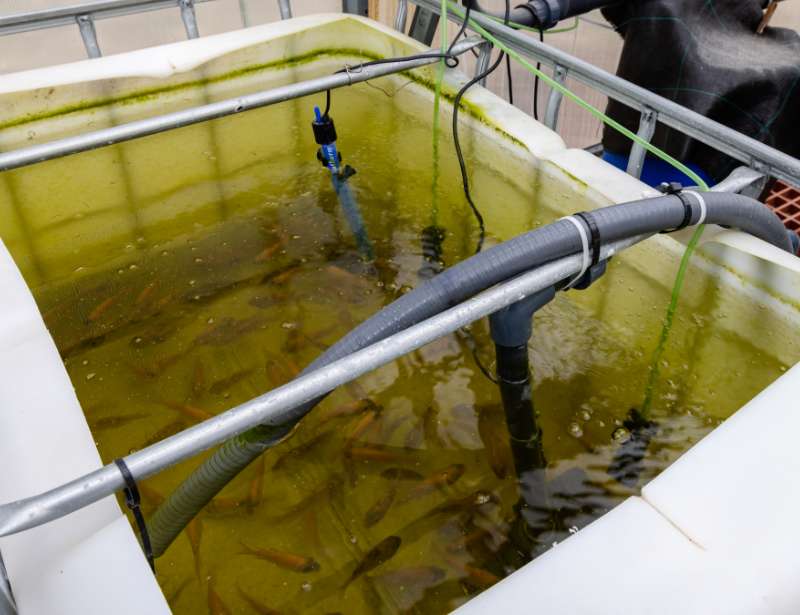
Overview of Aquaponics
Aquaponics is an innovative technique of growing plants and fish simultaneously in a balanced ecosystem. This is achieved by combining aquaculture and hydroponics in a greenhouse environment, where the fish provide the plants with essential nutrients and the plants naturally filter the water for the fish. Aquaponics systems are highly efficient and sustainable, using fewer resources than traditional farming methods. The advantages of aquaponics include a reduced cost of operation, no need for chemical fertilizers, and minimal water loss.
The types of aquaponic systems vary depending on the type of fish, crop, and other environmental factors.
Definition of Aquaponics
Transitioning from the world of hydroponics, let's take a look at aquaponics: a unique combination of aquaculture and hydroponics. Aquaponics is a recirculating system that utilizes the symbiotic relationship between fish and plants to create a self-sustaining ecosystem that is both efficient and productive. In aquaponics, the nutrients from the fish waste are broken down by beneficial bacteria, which are then used to naturally fertilize the plants. This allows for the water to be clean and free from any harmful chemicals, creating a safe and healthy environment for both the fish and the plants.
Advantages of Aquaponics
Transitioning from the discussion of hydroponics, the overview of aquaponics gives us a glimpse into its unique benefits. Aquaponics involves the integration of aquaculture and hydroponics. When these two systems are combined, it creates a symbiotic relationship in which the growing fish's waste serves as an organic food source for plants, and those plants provide a natural filter for the water in which the fish live. Advantages of aquaponics include increased water efficiency and decreased water needs as the same water can be recycled through the system, decreased reliance on synthetic nutrients and fertilizers to feed the plants, and the ability to create a thriving environment for both fish and plants. This can be done with a relatively small footprint, making it suitable for both indoor and outdoor use. Furthermore, aquaponics offers a great opportunity for urban farmers and those with limited land resources to grow crops and raise fish in the same system.
Types of Aquaponic Systems
Transitioning from the overview of hydroponics, aquaponics is another form of growing plants with a unique twist. Aquaponics is a combination of aquaculture and hydroponics, combining the rearing of fish and the hydroponic cultivation of plants in a symbiotic environment. When it comes to types of aquaponic systems, there are a number of different options. The most common type of aquaponic system is the media-filled bed, which is best suited for growing vegetables and fruit-bearing plants. This system uses a grow bed filled with a medium such as gravel, expanded clay, or coconut coir, and is ideal for creating a balanced ecosystem. The fish species used in aquaponics systems vary based on the climate, but some of the most popular species for aquaponics are tilapia, koi, and goldfish. They provide the necessary nutrients to the plants, and in turn, the plants clean the water for the fish.
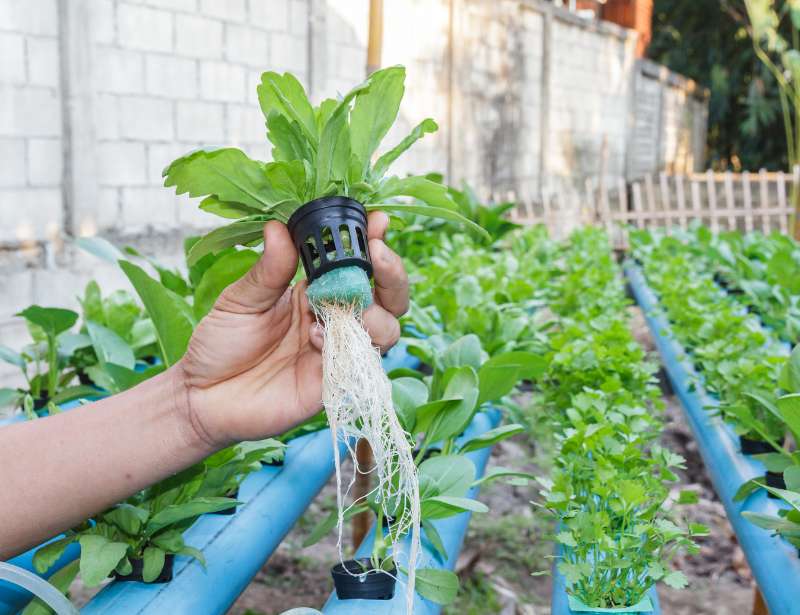
Comparison of Hydroponics and Aquaponics
Comparing hydroponics and aquaponics brings the topics of cost, maintenance, yields, water quality, and environmental impact into focus. Hydroponic systems can be more expensive to set up than aquaponics systems, but they can be less expensive to operate in the long run. This is because hydroponic systems do not require the purchase of fish or fish food.
Let's dive deeper into their difference.
Cost
Overall, the cost to set up an aquaponics system is much higher than starting a hydroponics system. An aquaponics system requires a larger water volume and will need additional equipment such as pumps, tanks, and air stones. Additionally, the aquaponics system requires a bed of gravel, clay or other media to support the root systems of the plants, as well as adequate filtration and water sensors for daily water quality monitoring. This additional equipment and supplies can be costly, but with proper maintenance, a thriving aquaponics system can be achieved.
The cost of the fish is also an important factor in setting up an aquaponics system. Many aquaponics systems use goldfish or other shallow-water fish, however, other more expensive fish options are available. The fish waste is essential to the aquaponics system as it provides the necessary nutrients for the plants to grow, and the fish are the primary source of these nutrients.
Maintenance
Having compared the overviews of Aquaponics and Hydroponics, the differences in maintenance between the two systems are worth further exploration. Aquaponics is a relatively low-maintenance system due to its self-sustaining nature. The aquaponics greenhouse uses fish waste as fertilizer for the plants, which in turn cleans the water for the fish. This cycle can be maintained with minimal interference, as long as the right balance of nutrients is maintained for the thriving aquaponics systems. In comparison, hydroponics systems require more frequent attention. Nutrients need to be regularly added to the growing medium in order to ensure productive hydroponic systems. Traditional hydroponics is also more vulnerable to external factors, such as degraded soil and chemical nutrient runoff, that can easily disrupt the functioning of the system. As such, the maintenance involved in creating a thriving hydroponic system is more complex than that of an aquaponics system.
Yields
The yields of both hydroponics and aquaponics systems can be substantial, allowing for a wide range of plants and fishes to be grown. In aquaponics, aquaculture and hydroponics are combined to create a symbiotic environment with the aquaculture providing the nutrients for the plants and the plants cleaning the water for the fish. In a thriving aquaponics system, the plants can extract essential nutrients from the fish waste, allowing them to grow faster than in a traditional soil or hydroponic system. Aquaponics systems also use a fraction of the water compared to soil-based agriculture, as the water is recycled within the system. In comparison, hydroponic systems use chemical nutrients such as nitrates, phosphates, and potassium to feed the plants. Although hydroponic systems are productive, they require frequent maintenance to ensure the water is at the correct pH and nutrient levels. In addition, the quality of the water must be monitored daily to ensure the fish are healthy and thriving.
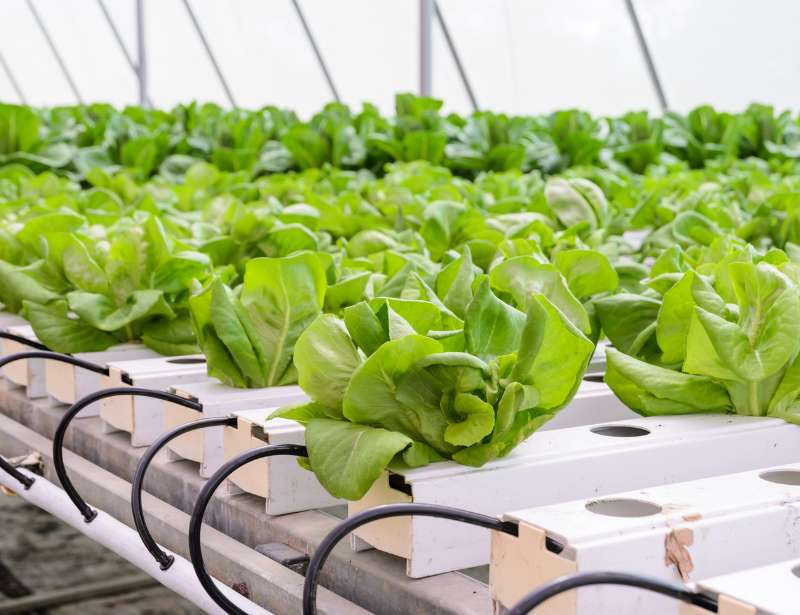
Hydroponics and Aquaponics
Hydroponics and Aquaponics are two different plant-growing methods that have been gaining popularity in recent years. Hydroponics is a soilless system, which uses a mineral nutrient solution in water to grow plants in a controlled environment. This method is productive and requires fewer resources and is becoming increasingly popular for both commercial and home growing. On the other hand, aquaponics is a combination of aquaculture and hydroponics, where the waste of fish is used to provide nutrients to the plants. In this way, the aquaculture and hydroponics systems become symbiotic and help each other thrive.
Pros of Hydroponics
Having discussed the similarities of hydroponics and aquaponics, it is now time to explore the pros and cons of each. To begin, let's look at the advantages of hydroponics.
Hydroponics has been found to be one of the most efficient and productive methods of growing plants, as well as one of the best ways to provide plants with their essential nutrients. Unlike traditional soil-based growing systems, hydroponics does not require the use of degraded soil, chemical fertilizers, or pesticides. As the plants are grown in a soilless system, they can thrive in almost any growing space, including hanging plants, trees, fruit trees, and house plants. Additionally, plants grown in hydroponic systems can grow faster and larger than those grown in traditional soil mediums due to the lack of competition for resources and the use of water sensors for monitoring water quality and quantity.
Furthermore, hydroponic systems are highly productive, often yielding more plants in a shorter period of time than traditional systems.
Pros of Aquaponics
Aquaponics is a unique combination of hydroponics and aquaculture that offers a multitude of benefits. With aquaponics, plants are grown in a soilless system that utilizes the nutrients produced by the fish. This makes aquaponics an incredibly efficient form of farming, as the nutrients are recycled over and over again. Additionally, aquaponics is highly scalable, meaning it can be used in greenhouses, small-scale backyard systems, or even large-scale commercial operations. Moreover, aquaponics systems use significantly less water than traditional soil-based farming. Furthermore, aquaponics is incredibly versatile, as it can be used to grow a variety of plants, including vegetables, fruits, herbs, and even trees. Additionally, aquaponics systems are self-sustaining and require minimal maintenance, making them relatively easy to operate. Finally, aquaponics systems have the potential to be extremely productive and, in some cases, can yield up to eight times more produce than traditional soil-based farming.
Advantages and Disadvantages
Having explored the numerous benefits of aquaponics, it is important to consider the advantages and disadvantages that come with this system.
Advantages of aquaponics include its compact size, requiring less space than traditional soil-based systems, and its high rate of efficiency in producing both vegetables and fish. Additionally, aquaponics systems require less water and nutrients than soil-based systems, making them more sustainable and cost-effective. In addition, aquaponics systems do not require chemical fertilizers and are less prone to disease than traditional soil-based systems.
The main disadvantage of aquaponics is the amount of energy and maintenance required to keep the system functioning. Aquaponics systems require more energy than traditional soil-based systems, as well as frequent monitoring of water temperature, pH, and nutrient levels. Additionally, aquaponics systems require more specialized equipment such as pumps, air stones, and conductivity sensors. Without proper maintenance, aquaponics systems may be prone to disease and can be difficult to manage.
Cost
Having gone through the various advantages, disadvantages, yields, nutrient management, and system types of aquaponics, it's now time to talk about cost. Aquaponics systems may cost more than traditional soil-based systems at the start, but they are also much more productive. A system designed for home use may cost $500 to $2,000, depending on the size and complexity of the system. When compared to traditional soil-based systems, aquaponics systems are far more cost-effective. Maintenance costs for aquaponics systems are also much lower than traditional systems. This is because the system requires minimal labor and inputs, such as water, electricity, and nutrients. Aquaponics systems also require fewer pesticides and herbicides compared to traditional systems. Furthermore, aquaponics systems are much more efficient, with yields that are three to five times higher than traditional systems. This means that the total cost of aquaponics systems can be significantly lower than traditional systems.
Yield
Following the conclusion of this overview of aquaponics, this section focuses on the topic of yield. Yields in aquaponics are generally higher than those from traditional agricultural systems, due to the combination of aquaculture and hydroponics. Aquaponics systems can use a variety of growing mediums, such as gravel and clay pellets, and can be designed to fit into any growing space, including greenhouses. When it comes to different types of aquaponics systems, they all rely on a few key components, such as nutrient management, water quality, and plant needs. These components must be in balance to achieve a thriving system and optimal yields.
Nutrient management in aquaponics is essential as plants rely on certain chemical nutrients for proper growth. These nutrients are derived from fish waste, which is broken down by bacteria to form nitrate and ammonium ions. The nitrate ions are the preferred form of nitrogen for most plants, and are taken up by plant roots to meet the needs of rapid growth.
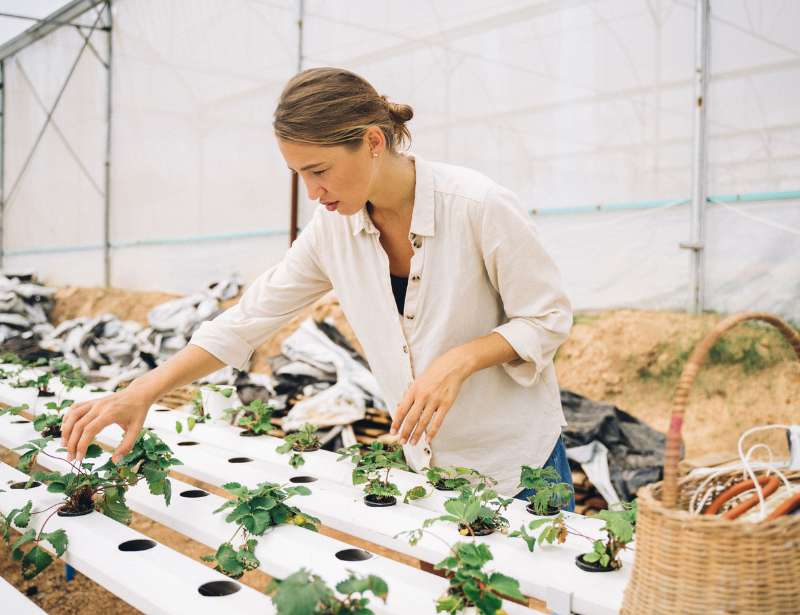
Conclusion
Hydroponics and aquaponics are two different systems of growing plants without soil. While hydroponics relies solely on nutrient solutions, aquaponics adds the element of fish and other aquatic life into the equation. Both systems offer advantages and disadvantages, with hydroponics being more cost-effective and aquaponics having a more sustainable system of growing plants. Ultimately, the decision of which system to use will depend on one’s individual goals and resources. Both systems offer a valuable and reliable way to grow healthy plants, and with careful planning and maintenance, they can provide a successful and rewarding gardening experience.
If you're ready to grow your indoor garden to new heights? Discover the latest hydroponics equipment and gardening essentials at Your Grow Depot! Shop now and cultivate your green oasis today.
